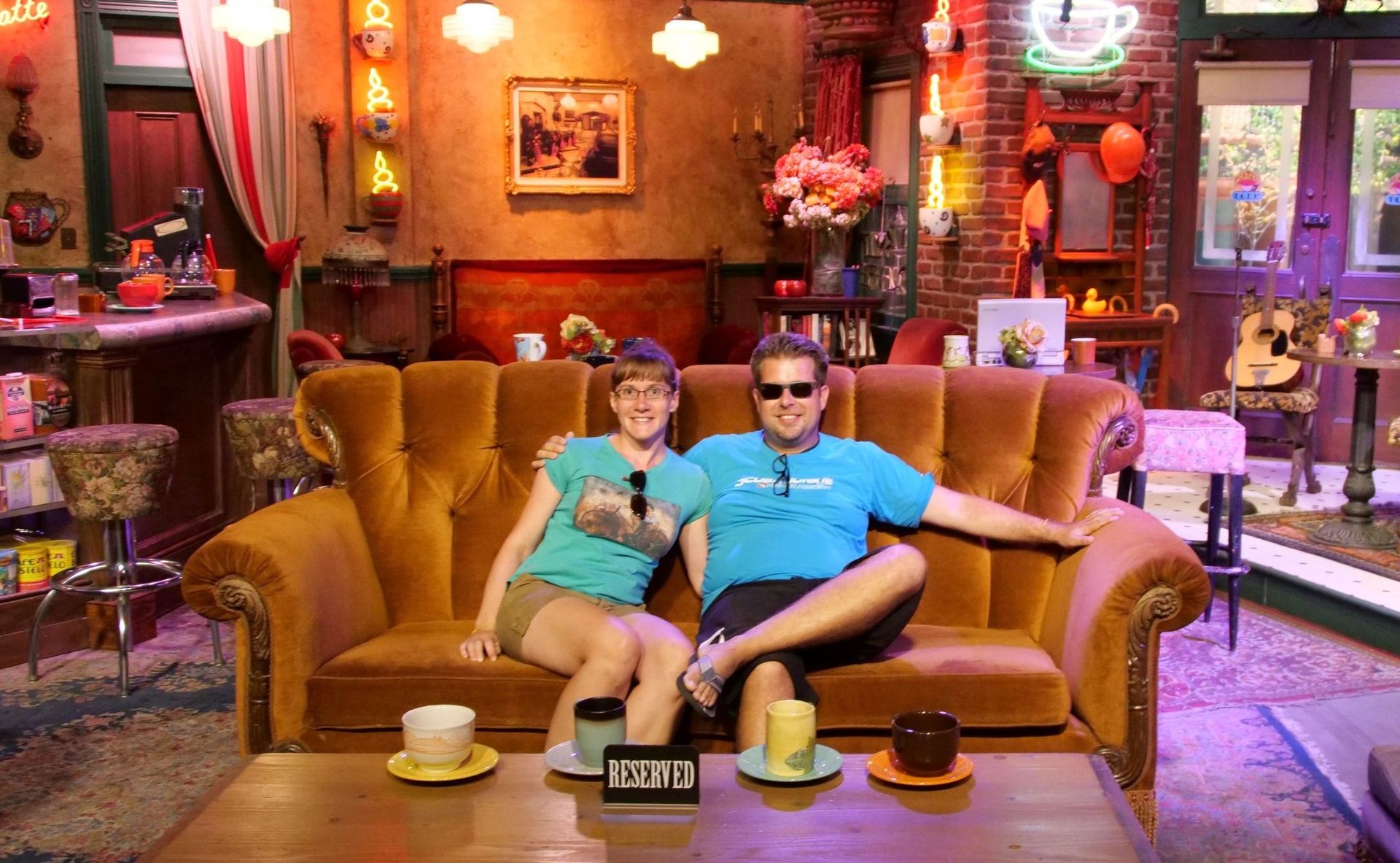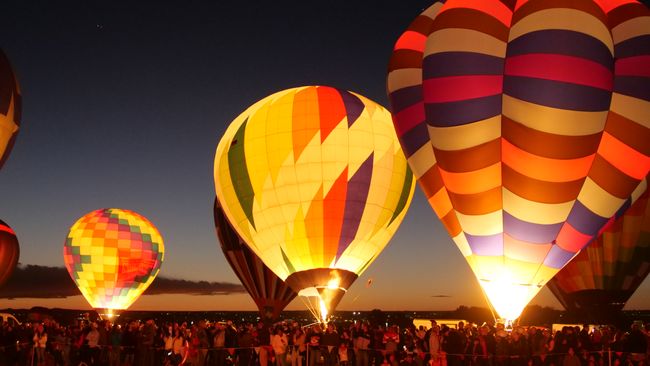
anne & ben um die welt
vakantio.de/anne_und_ben_um_die_welt
01/10/2019 to 03/10/2019 - Santa Ana / El Salvador
Naipablaak: 03.10.2019
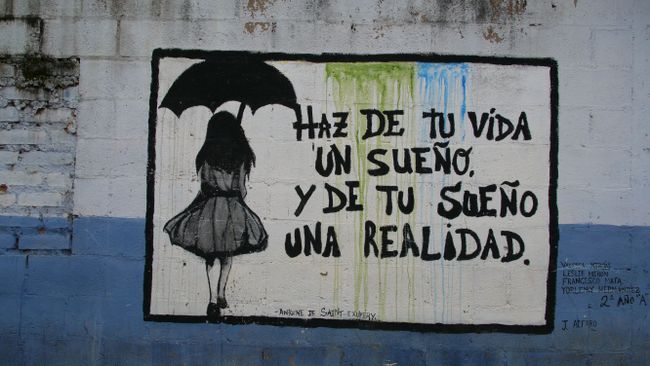
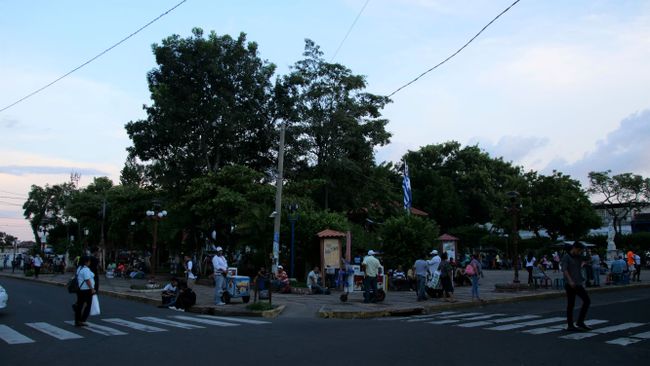
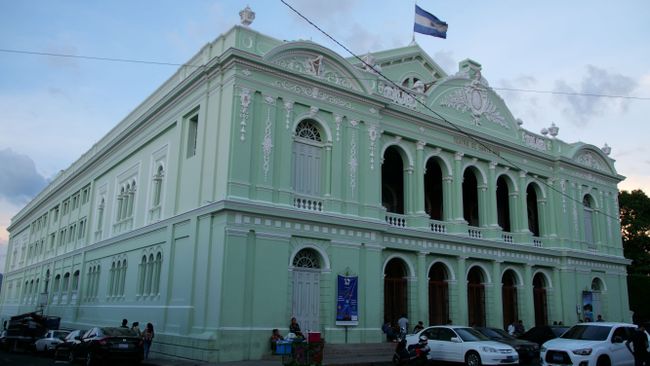
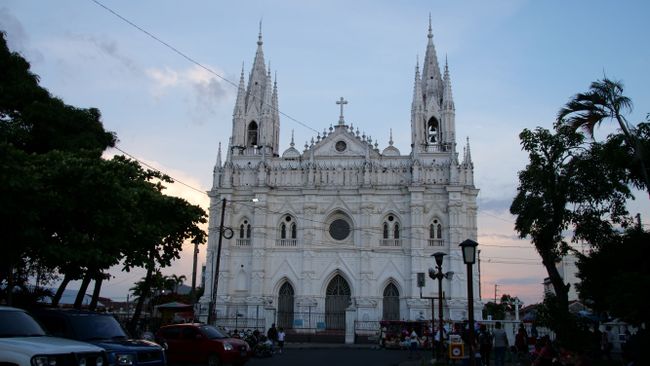
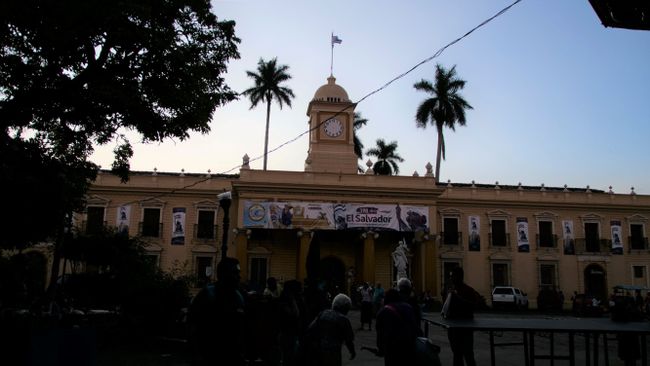
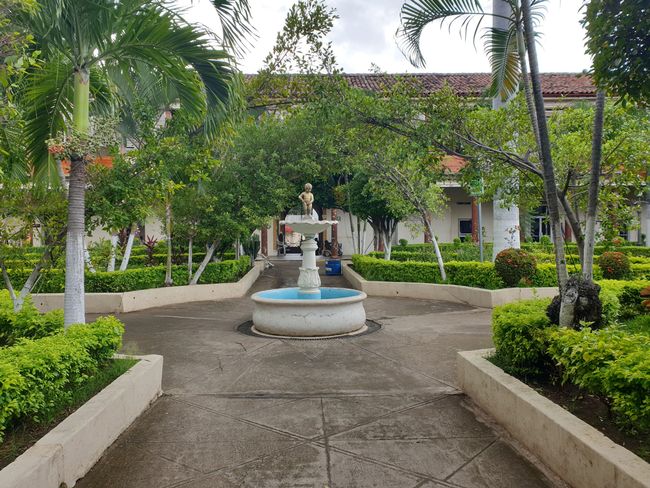
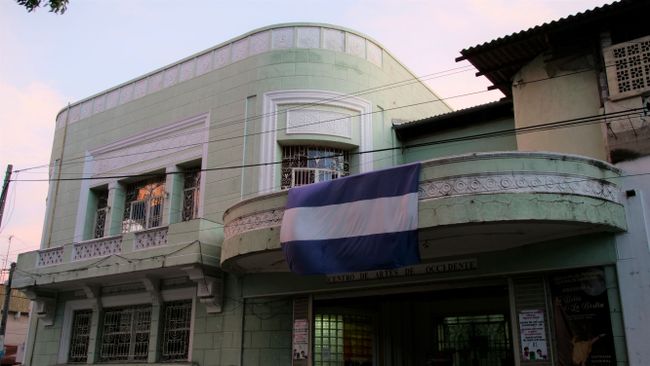
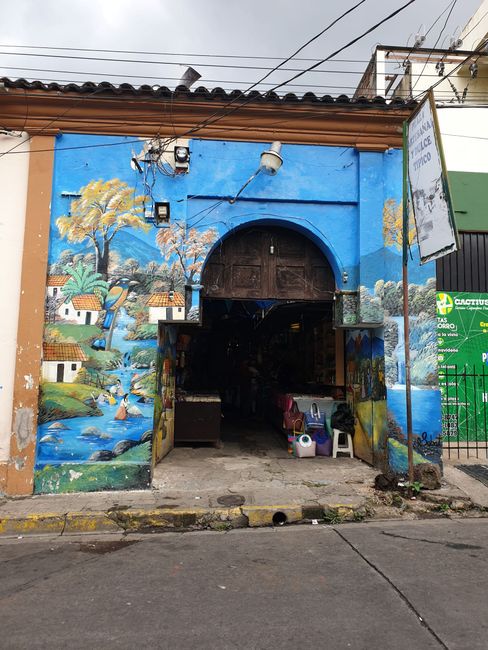
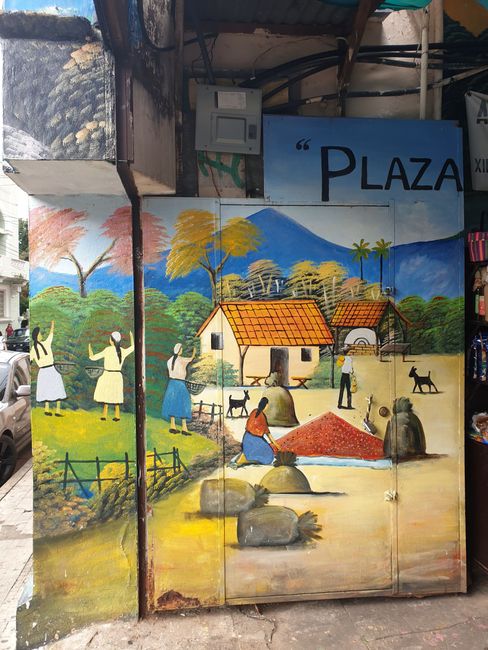
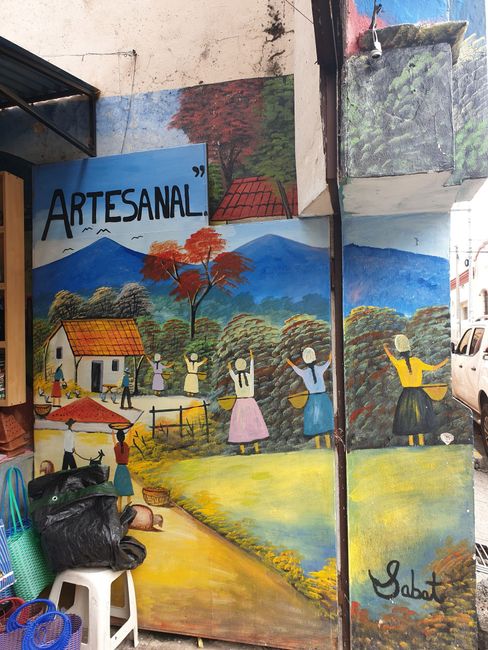
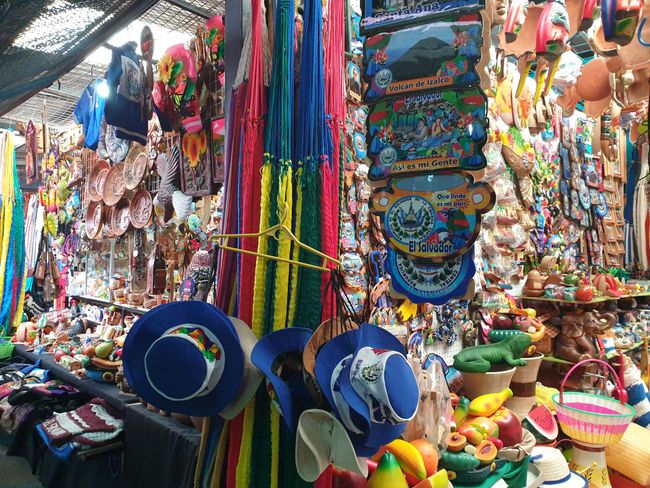
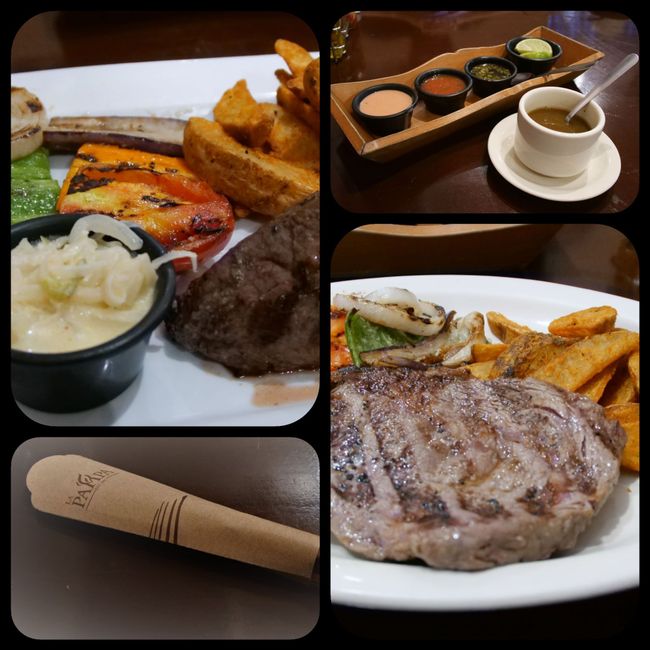
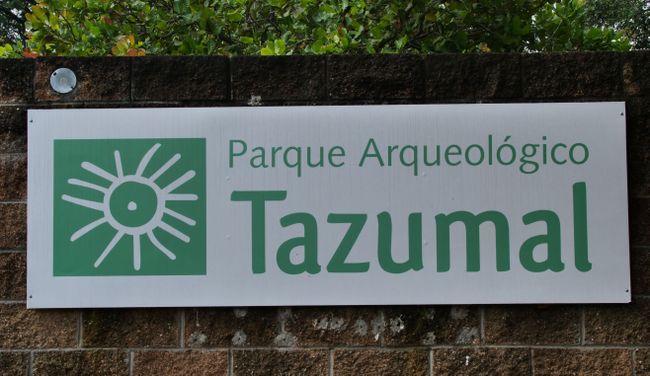
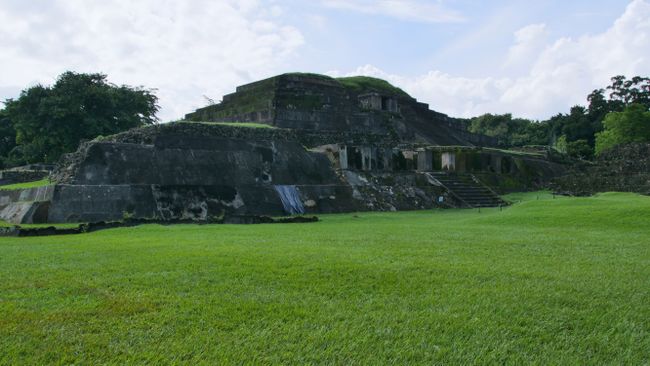
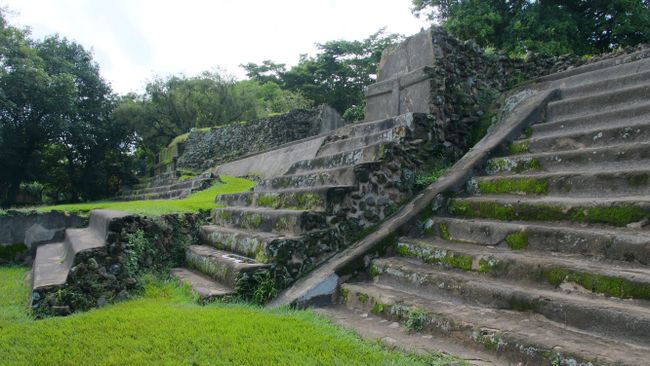
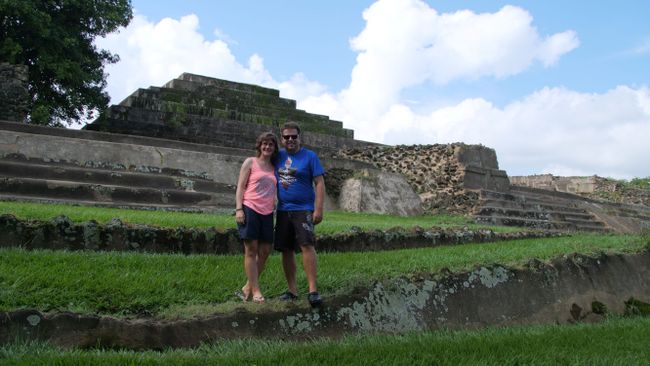
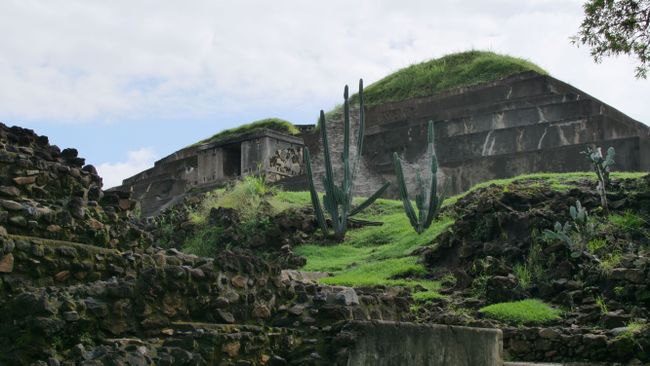
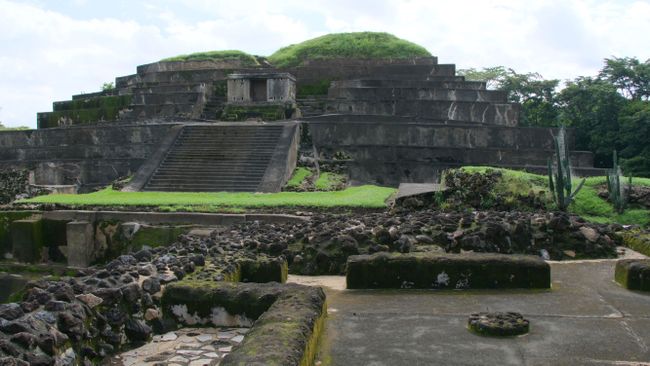
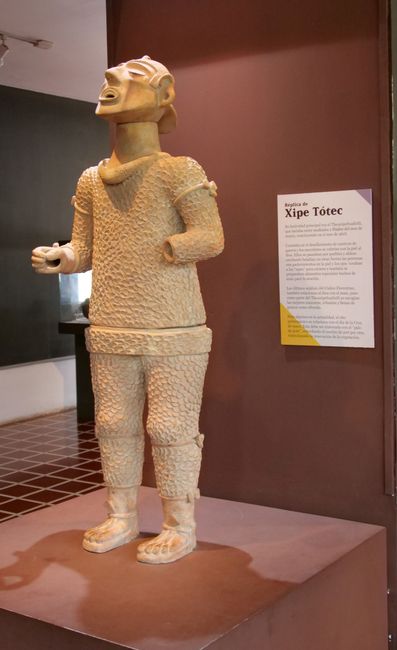
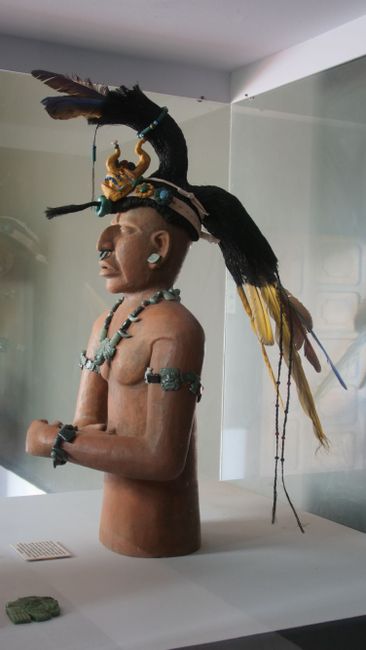
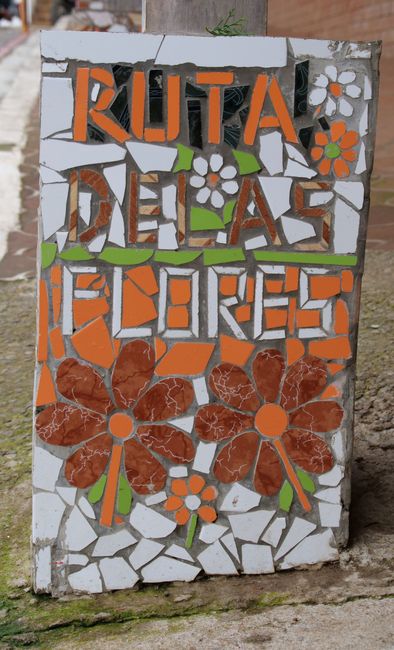
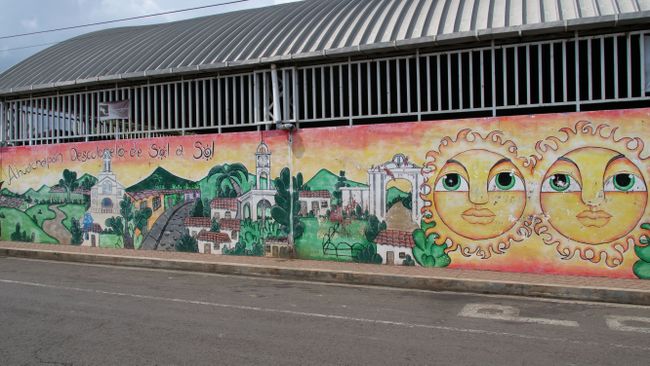
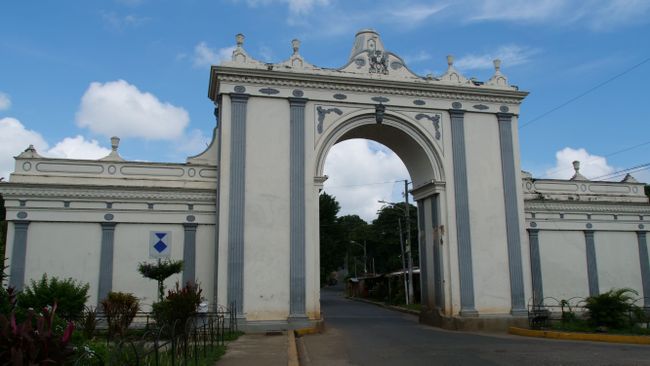
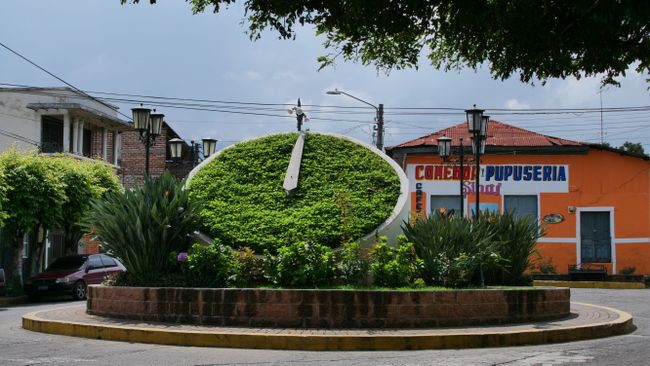
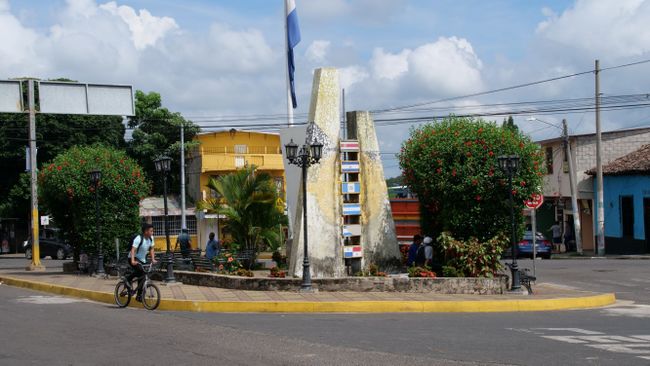
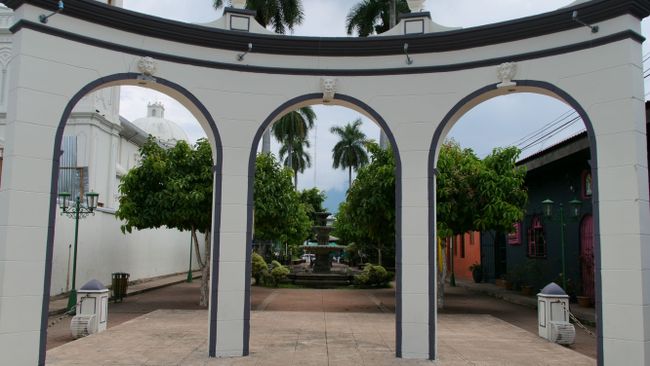
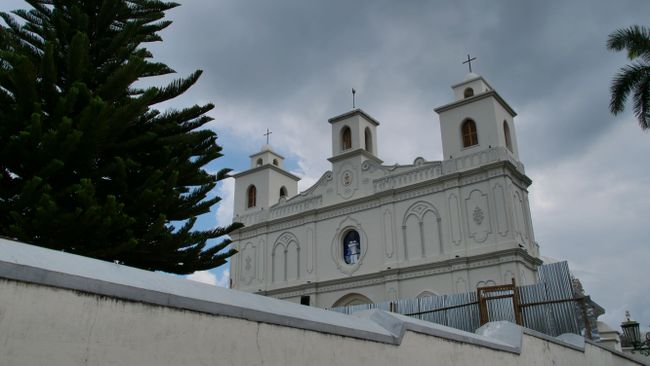
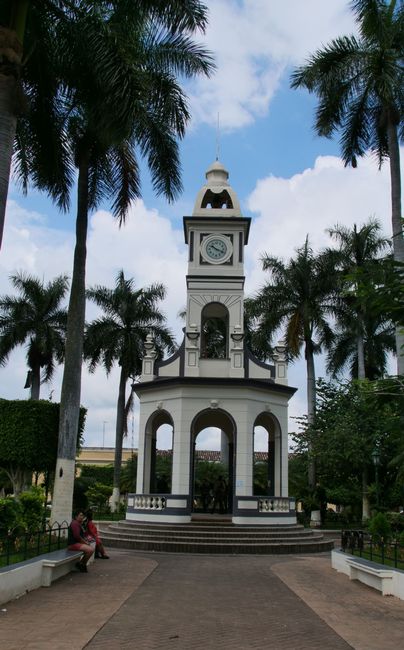
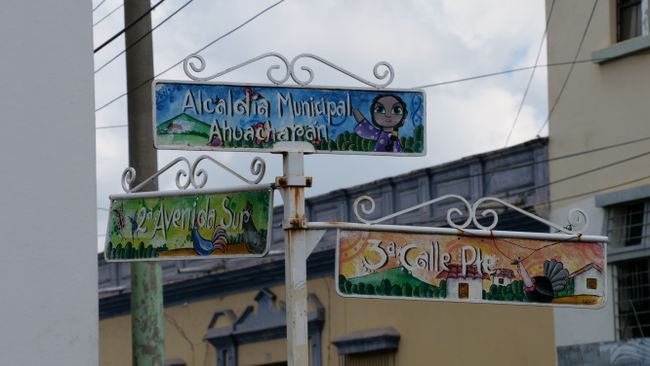
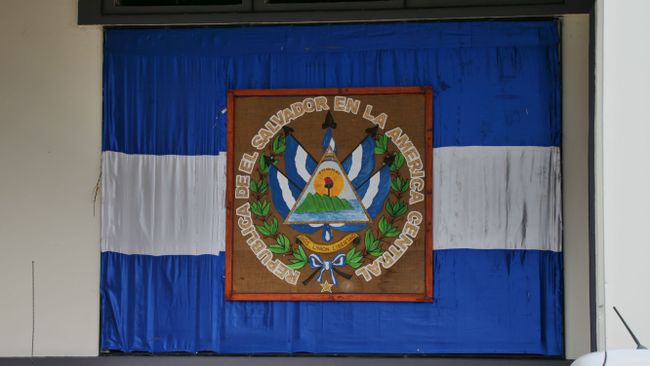
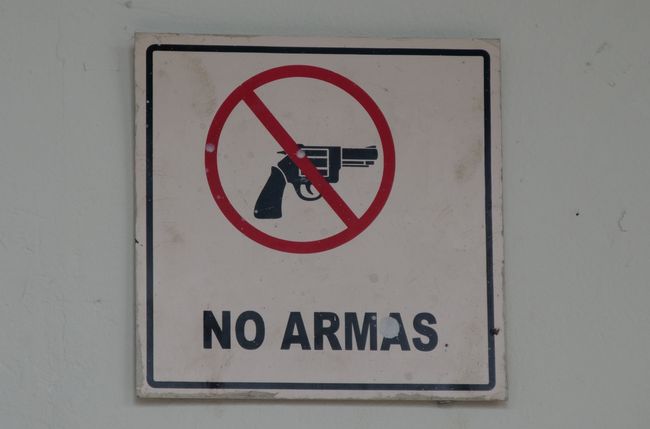
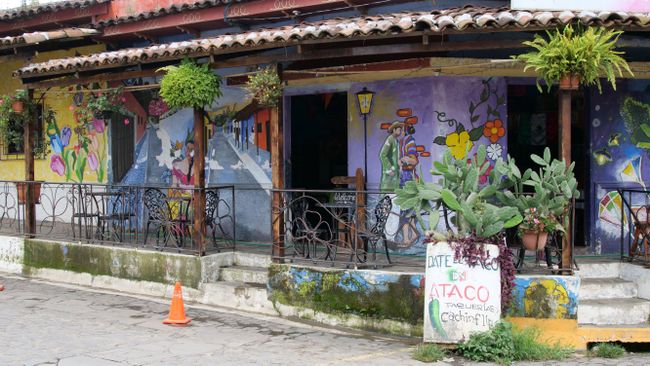
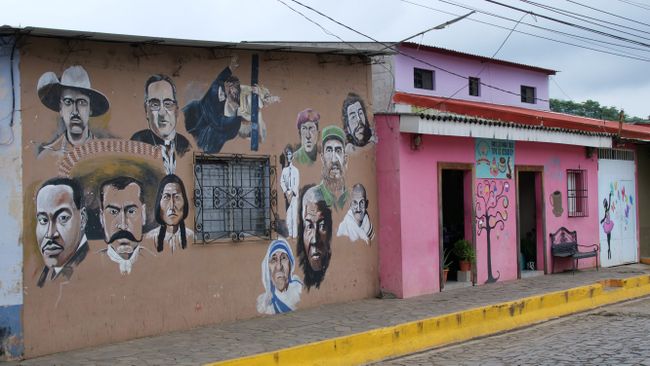
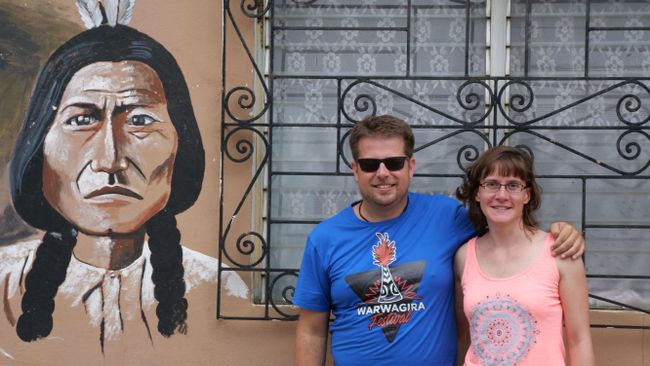
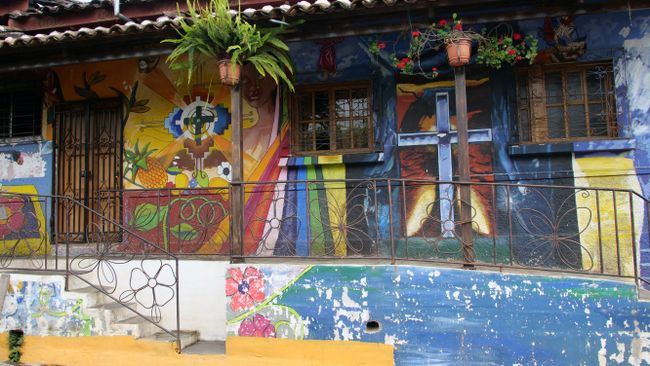
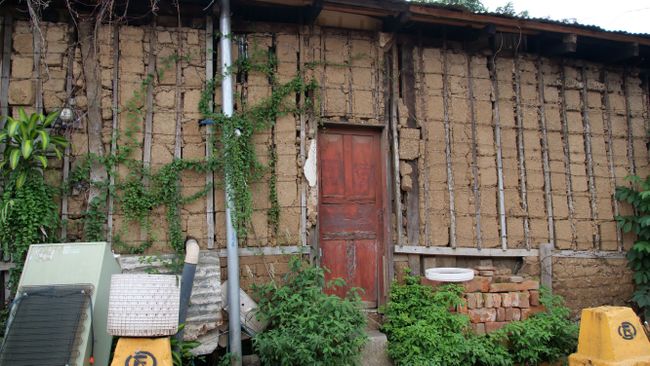
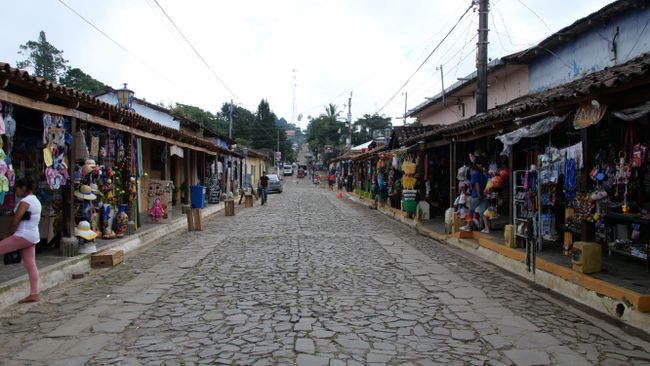
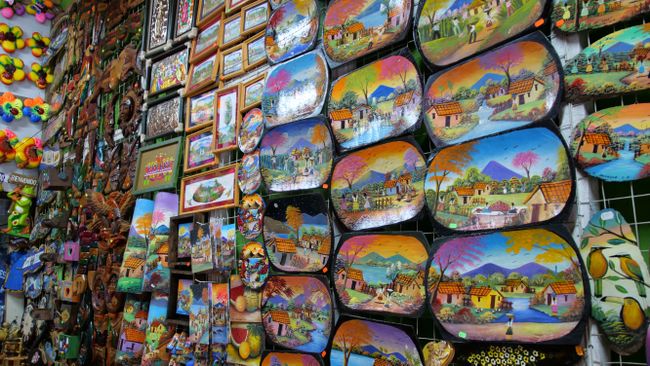
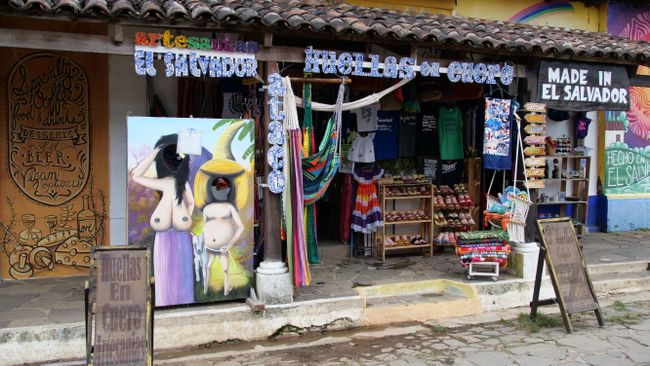
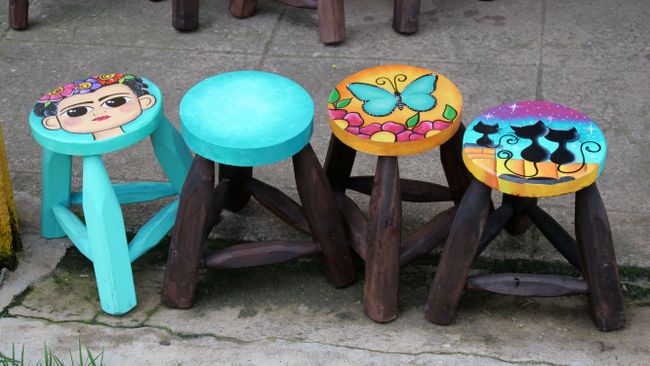
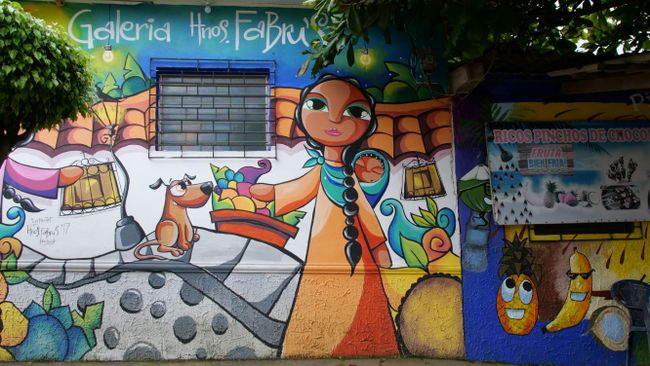
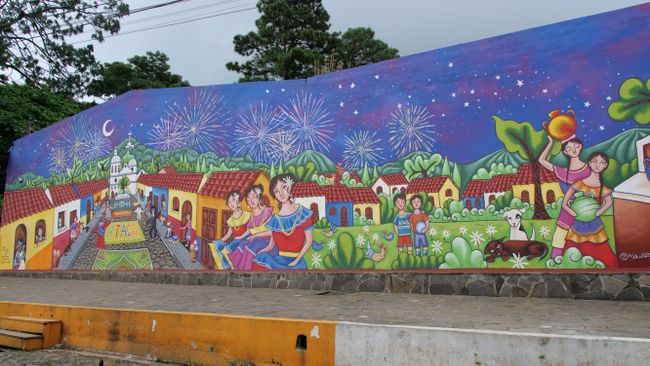
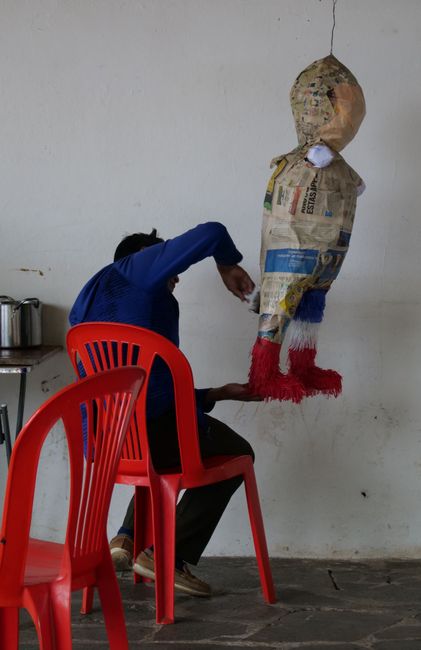
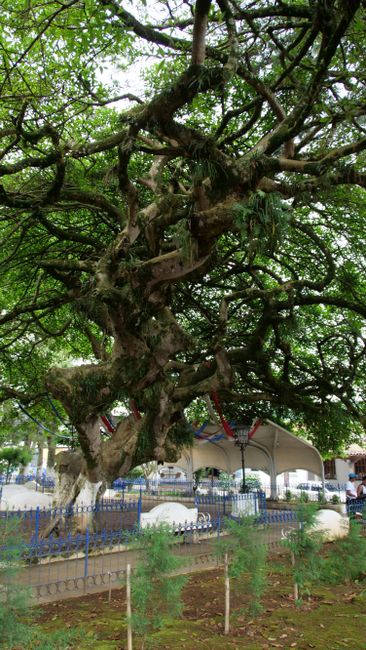
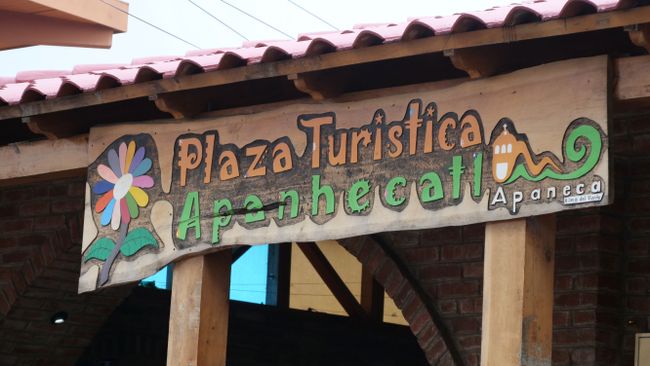
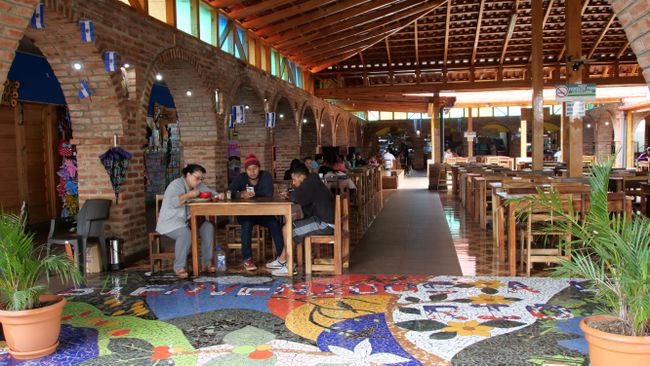
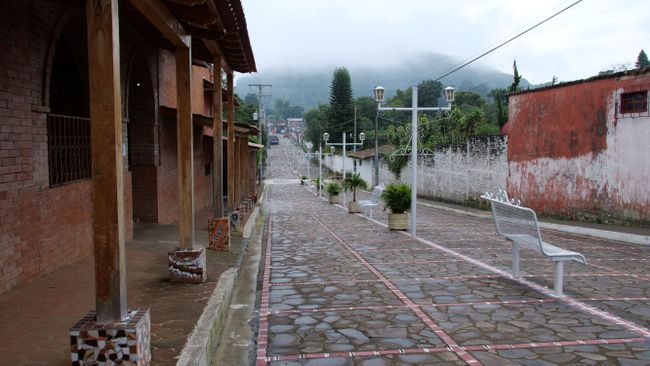
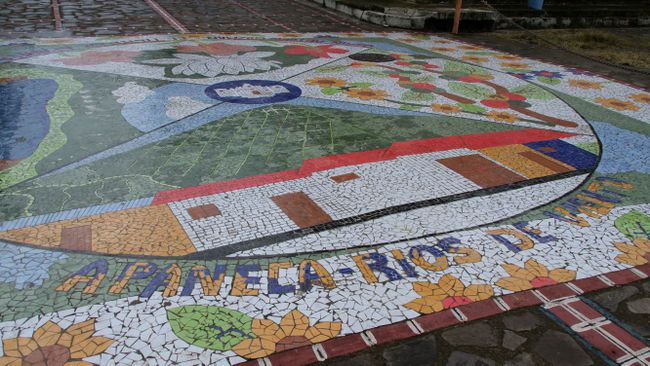
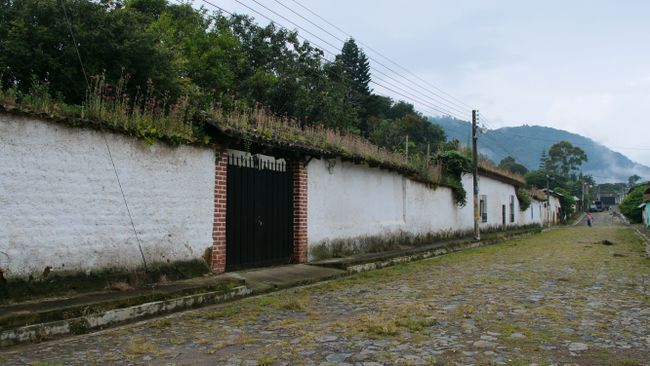
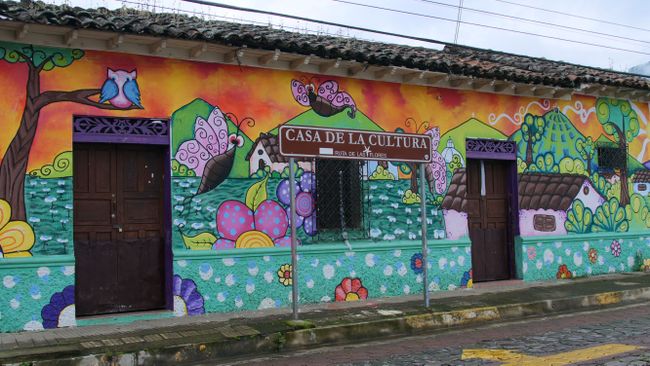
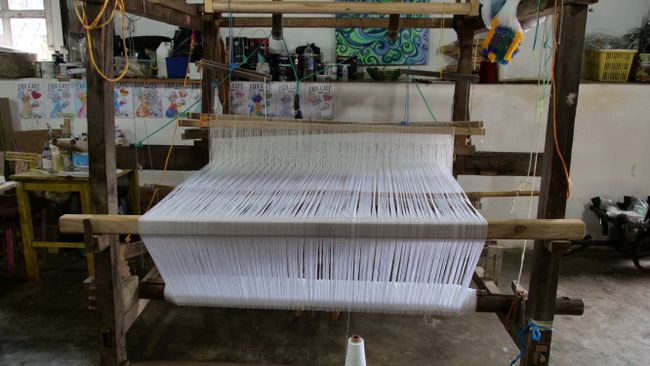
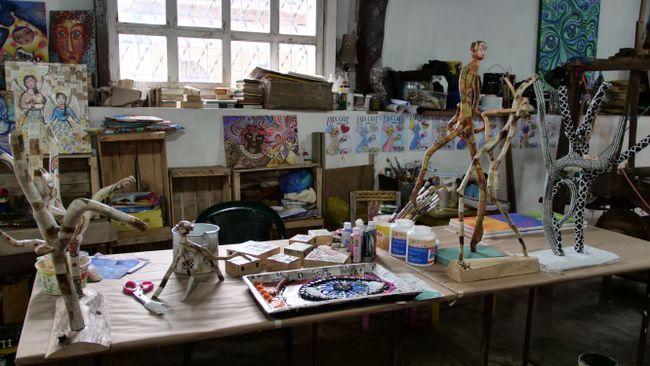
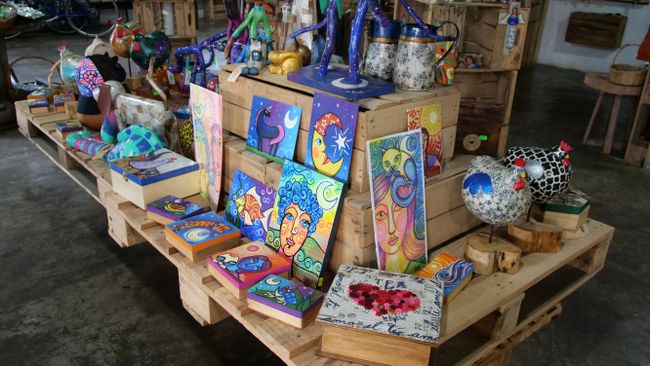
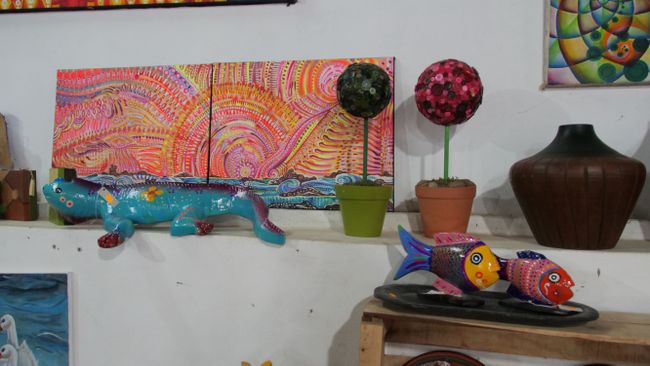
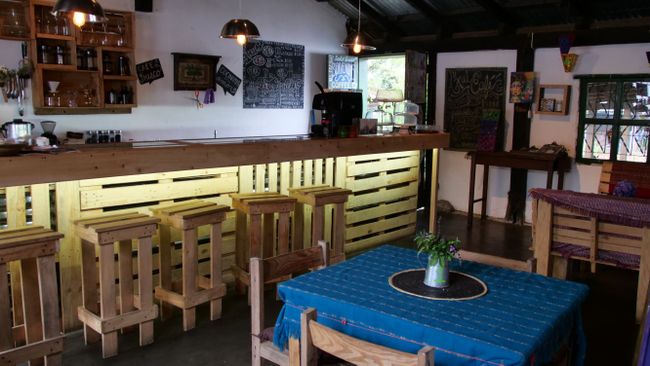
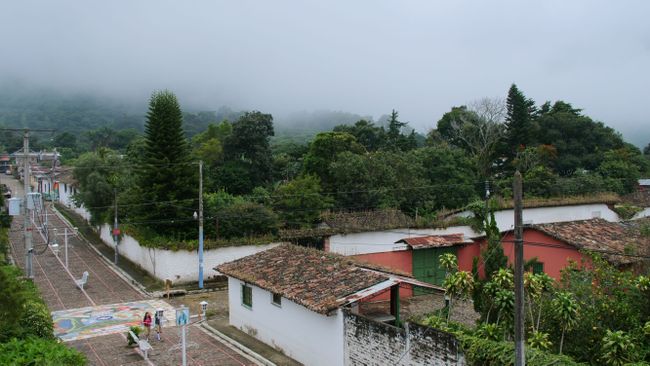
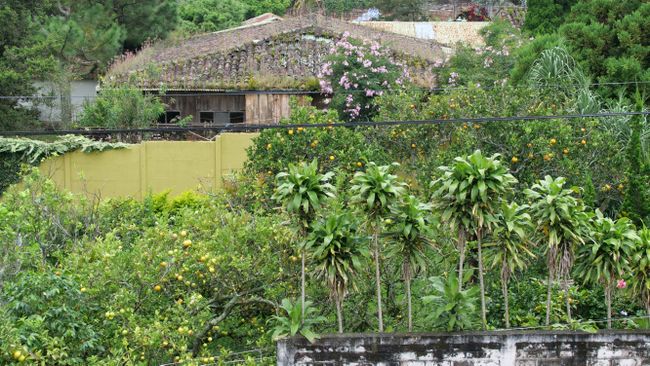
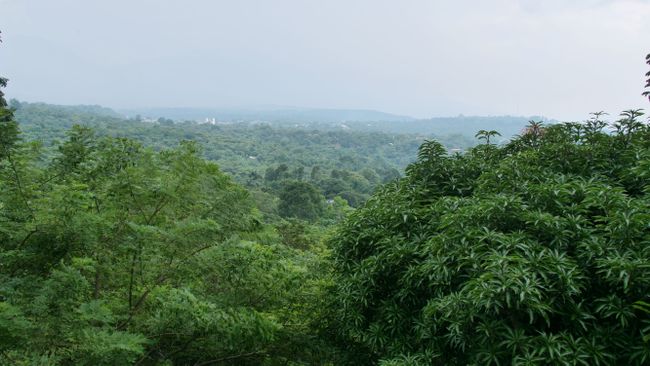
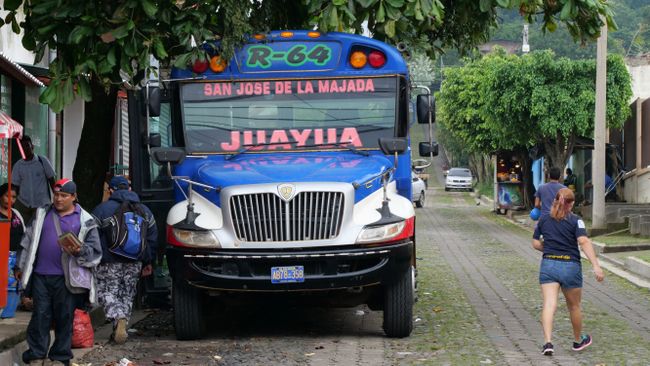
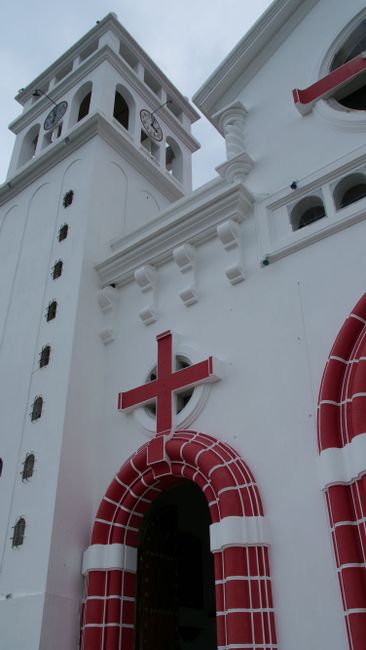
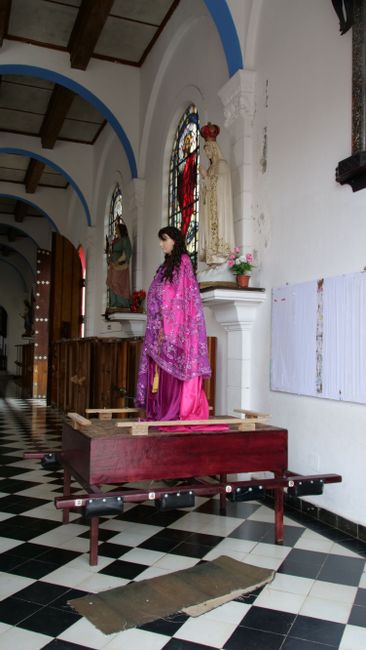
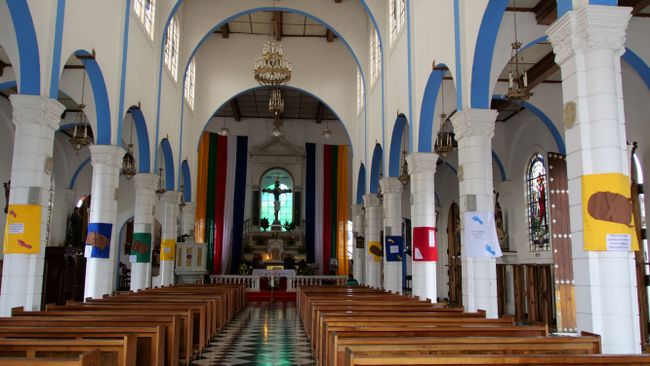
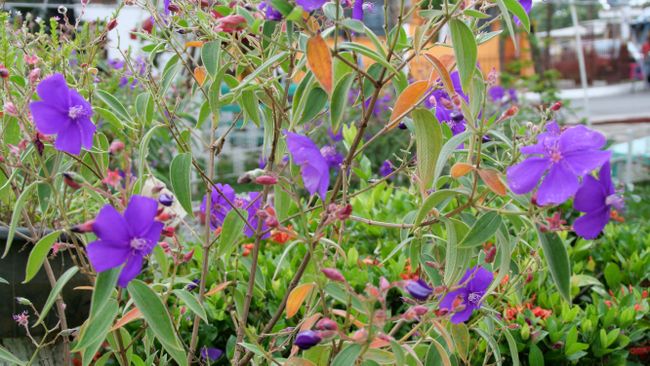
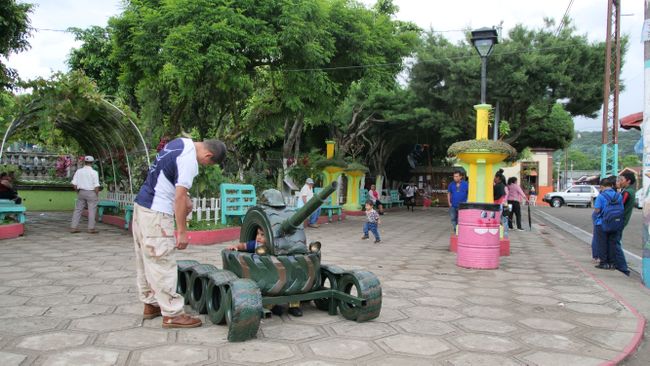
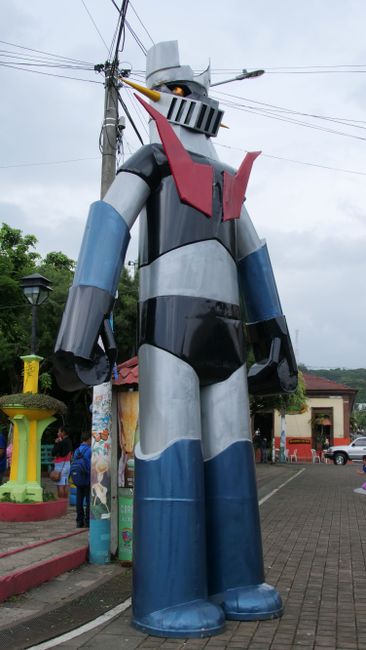
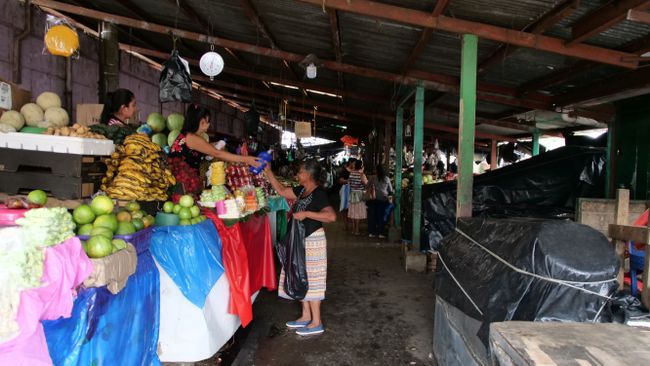
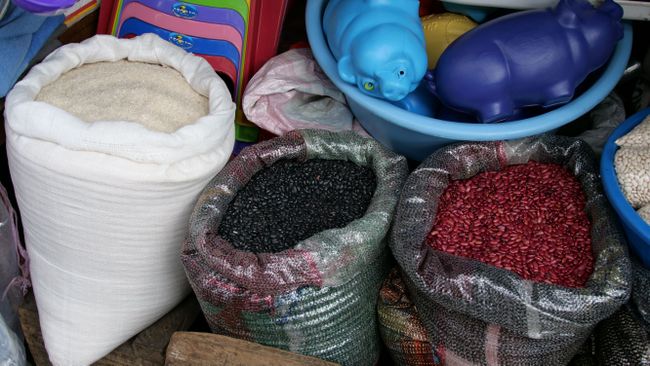
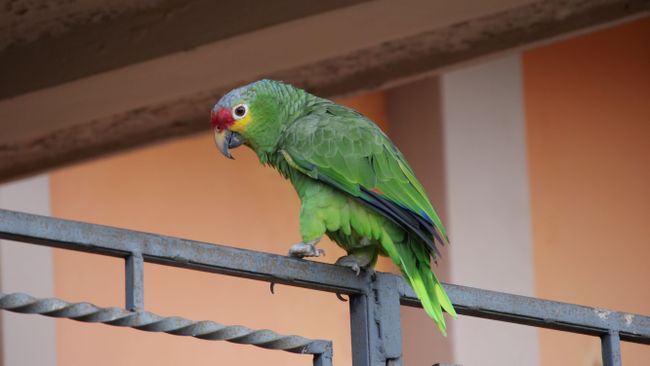
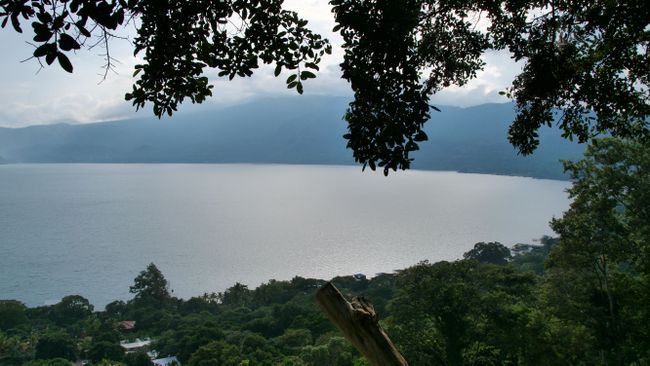
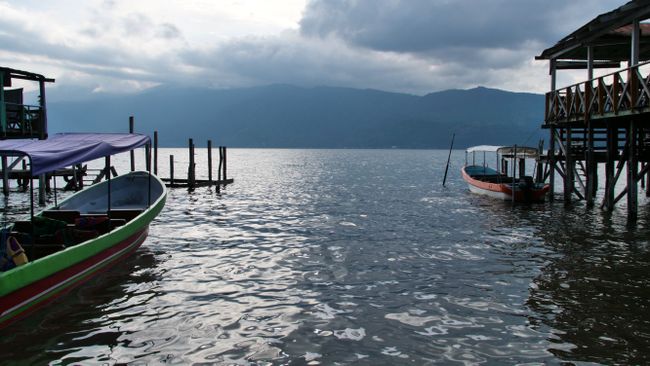
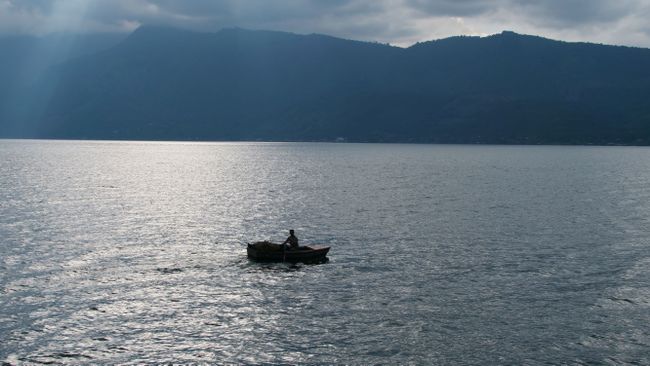
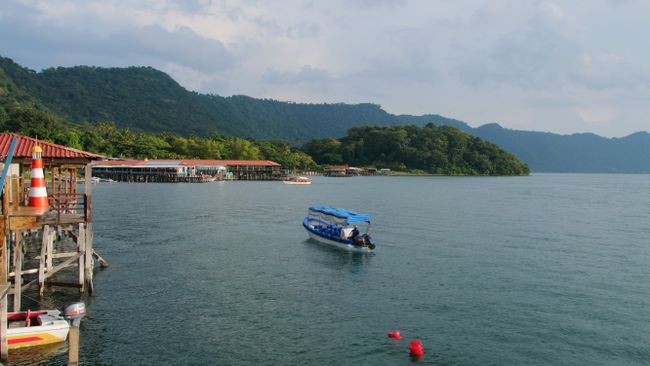
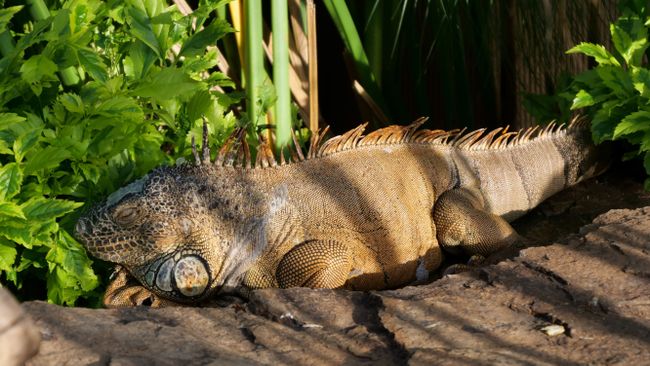
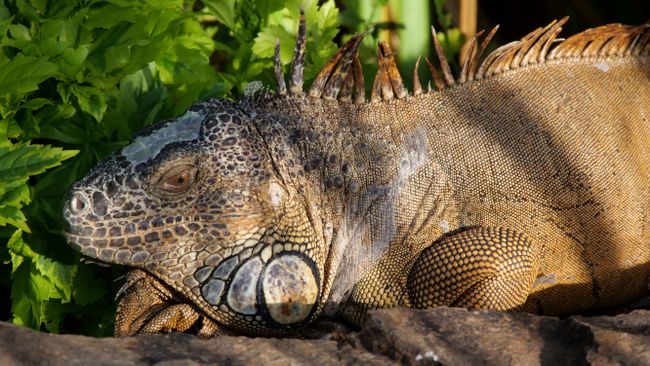
Agsubscribe iti Newsletter
Santa
Ana is the second most important city in El Salvador. We noticed
this immediately by the traffic jam on the road and the many people. We
visited the sights located around Parque Libertad in the
city center. This includes, of course, the cathedral,
built in the neo-Gothic style. Quite a different picture than the rest of the cathedrals in Central America showed us. On the
opposite side is the town hall with a beautiful
green courtyard, the Alcadia Municipal. And let's not forget the
theater. It can accommodate 800 visitors and is the second largest cultural center in all of El Salvador. In a side street lies the
Plaza Artesanal, the city's craft market. The small,
easy-to-navigate market is more of a souvenir market and all the vendors
pounced on us because we were the only visitors. The
real life was playing on the streets and in Parque Libertad. There
were a tremendous number of people, gossiping and eating. What
worried us a bit was that in the park there were at least 10
heavily armed and masked men. Later, we were told several times that the new president wants to ensure more
security and has positioned police officers and security officials everywhere. For dinner, we treated ourselves
to a beef steak. They are supposed to be so good in Central and
South America. And indeed, we had a really delicious meal at the La Pampa
restaurant. Not only the city is quite interesting,
the surrounding area also has a lot to offer. So we booked a car with a guide for a
day and discovered Tazumal, the Ruta de las
Flores, and Lake Coatepeque. Tazumal is one of
the most important Mayan sites ever and the most important one in El Salvador. The city was probably settled around 100 AD, discovered in the 1940s, and restored in the 1950s. However, the restoration contributed to the fact that the ruins did not make it onto the UNESCO World Heritage List, as our guide told us. In the past, people took stones from the site to
build houses. To prevent this, parts were covered with concrete
and now the city is no longer original. What a shame, as the ruins are quite beautiful and there are also
some interesting artifacts to see in the associated museum. Such as an almost
life-size statue of Xipe-Totec, the Aztec god of
spring. Next, we went to the Ruta de las
Flores, the flower route. The route leads from Ahuachapan to Sonsonate
depicting mountain landscapes, coffee plantations, and small colorful
colonial towns, spanning a total of 32 kilometers. Of course, it is not named for no reason, but unfortunately, we missed the blooming season of the many wildflowers. We started in the city of Ahuachapán
with an old gateway, the entrance to the city, a large church
and a pretty clock tower. The city of Ataco is much more colorful with great wall murals and small craft shops. In
Apanheca, we enjoyed views of the wild green backyards of the
houses and the mist in the mountains. Our last stop
on the route was the city of Juayua. It is visited by most
tourists, but usually only on weekends. Every weekend
the Feria Gastronomica, a large food fair, takes place here. After these small colorful towns, we went to Lake Coatepeque.
A large crater lake that is one of the most beautiful natural lakes in Central America. We enjoyed a refreshing lemonade with a view of the lake and then said goodbye to Central America. We drove to the airport to start the next adventure in another country.
Agsubscribe iti Newsletter
Sungbat (1)
Ute
Sehr bunte Stadt. Sehr schöne Malereien 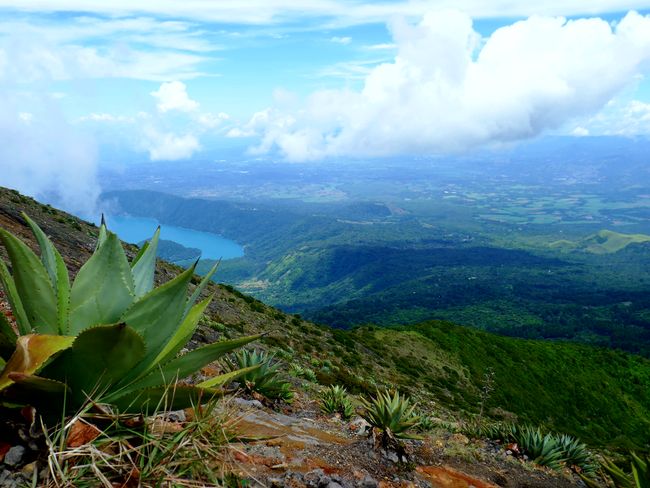
Dagiti report ti panagbiahe El Salvador
